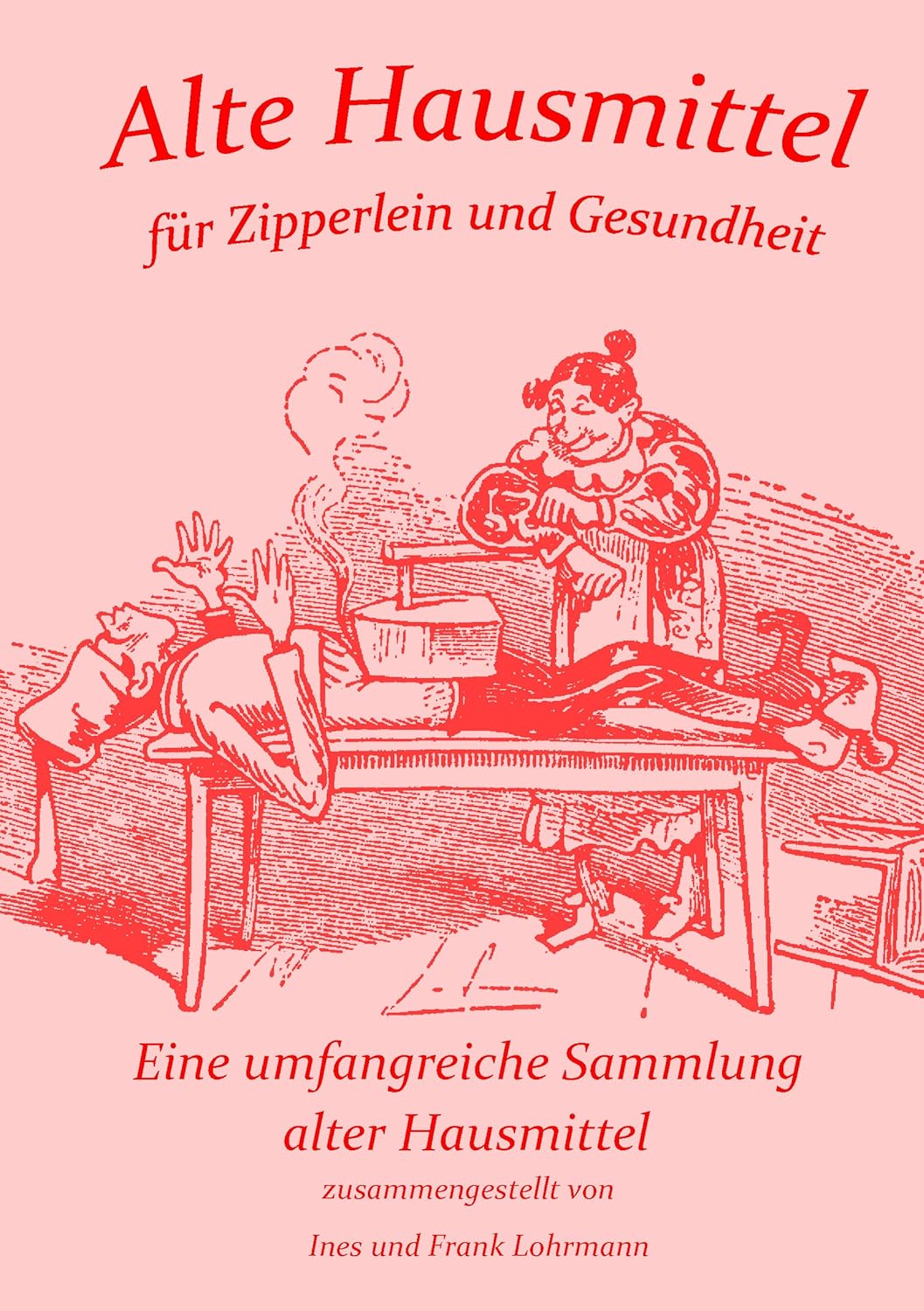Unsere Facebook-Gruppe: Heilpflanzen als Medizin
Gewöhnlicher Wiesen-Kerbel - Anthriscus sylvestris subsp. sylvestris
China: wo seng
Synonyme dt.:
Gewöhnlicher Wiesen-Kerbel
Wiesen-Kerbel
Synonyme :
Anthriscus keniensis H.Wolff
Anthriscus keniensis f. gracilis H.Wolff
Anthriscus nemorosa var. glabriuscula Nasir
Anthriscus nemorosa var. hirtifructa Ohwi
Anthriscus sylvestris var. abyssinica A.Rich.
Anthriscus sylvestris var. mollis (Boiss. & Reut.) Batt.
Anthriscus sylvestris var. sylvestris
Anthriscus sylvestris var. torquata (Rouy & E.G.Camus) Thell.
Anthriscus sylvestris var. villicaulis Maire
Anthriscus torquata Coste
Anthriscus torquata Thomas
Carum sylvestre (L.) Baill.
Chaerefolium sylvestre f. glabricaule Maire
Chaerefolium sylvestre subsp. molle (Boiss. & Reut.) Maire
Chaerophyllum affine Steud. ex A.Rich.
Chaerophyllum ghilanicum Stapf & Wettst.
Chaerophyllum sylvestre var. ateanum Pau
Cicutaria vulgaris H.Koch
Ptychotis sylvestris (L.) Royle
Weitere Informationen, Nutzen: (Wichtiger Hinweis!)
Medizinisch:
Die Wurzeln enthalten Anthricin, Deoxypodophyllotoxin, Isoanthricin, Luteolin, Oxalsäure, Hydroxyzimtsäuren, ätherische Öle, Hydroxybenzoesäuren, Cumarine, Anthocyanidine, Anthrachinone,
Phytosterine, Carotine, Monoterpen, Sesquiterpen Glucoside, Hydrocyansäure.
Aktivität:
Antitumor; Anti-Krebs;
Indikation:
Drüsentumore; Hühneraugen; Krebs; Tumor; Warzen;
Gegenindikation, Nebenwirkungen und Seiteneffekte:
Die Pflanze ist auf Grund der Blausäurederivate und der Glykoside giftig. Eine Verwendung sollte sich auf eine äußere Verwendung beschränken.
Nicht in Schwangerschaft oder Stillzeit.
Speisewert:
Medizinisch
Abmessungen:
Frucht Größe:
Samen Größe:
Wuchsform
Blütezeit
Pflanze Jährigkeit
Haare
Blätter
Blütenstand
Blüten
Früchte
Verbreitung
 Afrika
Afrika  Asien
Asien  Europa
Europa  Previous
Previous
